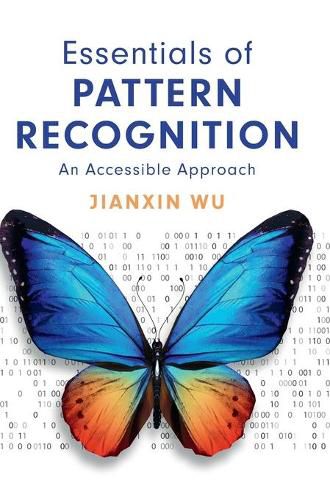Readings Newsletter
Become a Readings Member to make your shopping experience even easier.
Sign in or sign up for free!
You’re not far away from qualifying for FREE standard shipping within Australia
You’ve qualified for FREE standard shipping within Australia
The cart is loading…






This textbook introduces fundamental concepts, major models, and popular applications of pattern recognition for a one-semester undergraduate course. To ensure student understanding, the text focuses on a relatively small number of core concepts with an abundance of illustrations and examples. Concepts are reinforced with hands-on exercises to nurture the student’s skill in problem solving. New concepts and algorithms are framed by real-world context and established as part of the big picture introduced in an early chapter. A problem-solving strategy is employed in several chapters to equip students with an approach for new problems in pattern recognition. This text also points out common errors that a new player in pattern recognition may encounter, and fosters the ability for readers to find useful resources and independently solve a new pattern recognition task through various working examples. Students with an undergraduate understanding of mathematical analysis, linear algebra, and probability will be well prepared to master the concepts and mathematical analysis presented here.
$9.00 standard shipping within Australia
FREE standard shipping within Australia for orders over $100.00
Express & International shipping calculated at checkout
This textbook introduces fundamental concepts, major models, and popular applications of pattern recognition for a one-semester undergraduate course. To ensure student understanding, the text focuses on a relatively small number of core concepts with an abundance of illustrations and examples. Concepts are reinforced with hands-on exercises to nurture the student’s skill in problem solving. New concepts and algorithms are framed by real-world context and established as part of the big picture introduced in an early chapter. A problem-solving strategy is employed in several chapters to equip students with an approach for new problems in pattern recognition. This text also points out common errors that a new player in pattern recognition may encounter, and fosters the ability for readers to find useful resources and independently solve a new pattern recognition task through various working examples. Students with an undergraduate understanding of mathematical analysis, linear algebra, and probability will be well prepared to master the concepts and mathematical analysis presented here.